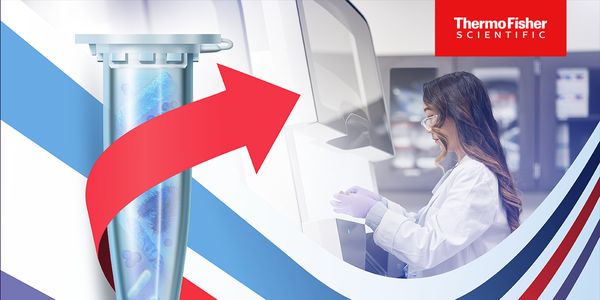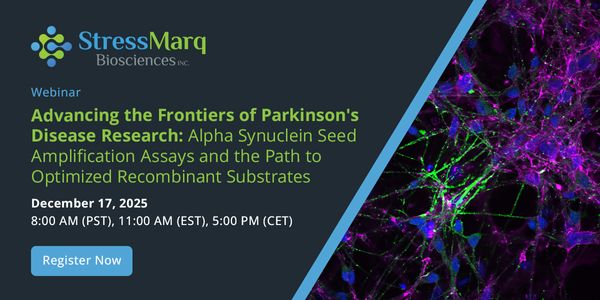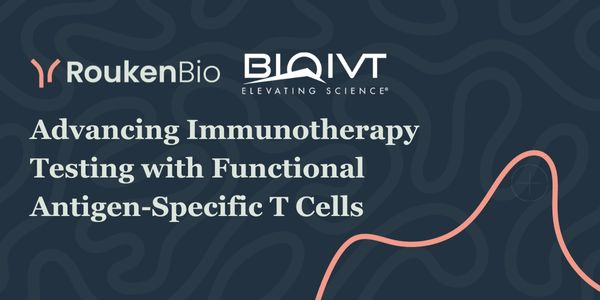Looking for Evidence-Based Oncology? T̶r̶y̶ Do Targeted Proteomics!
-
Christian Regenbrecht, PhD
CEO, CellphenomicsBIOGRAPHY
Every patient is different and so is every tumor! The term “personalized oncology” today is largely associated with sequencing approaches. Current publications proof more and more that only few people really benefit from sequencing their tumor genome leaving many patients underrepresented and underserved. With Reverse Clincial Engineering, we have designed an organoid-based, multi-omics driven pipeline that supports us in understanding each tumor the best possible way in a clinical setting. Timing is crucial when it comes to treating cancer patients. It has been well established, that chances of cure dramatically decrease from treatment line to treatment line. Using organoids for drug screening has been shown to be feasible by many groups for various tumor entities. We use multiple regions of the donor tumor to generate distinct patient-derived 3D (PD3D®) organoids in less than 4 weeks, screening all drugs that are considered by the oncologist, plus drugs that may have an approval for different tumor entities. In parallel, we perform DigiWest, a bead-based multiplexed western blot based on Luminex’ xMAP technology platform. Here we can interrogate a set of up to 200 (phospho) protein specific antibodies in parallel. In contrast to RNAseq, this delivers not only information about the expression, but also of the activation of signaling pathways, with the benefit of a significantly less complicated infrastructure in comparison to sequencing. From all sources, we compile a patient-specific dataset including histo-pathological data, FISH analysis, sequencing data, drug screening data and proteomic data we compile a comprehensive report for each patient which is reported to the tumor board to be discussed within a multidisciplinary team. In conclusion: We rethink oncology and use complementory technologies to put the patient in the focus, enabling patient and oncologist to make informed decisions at the right time.
Learning Objectives:
1. Show that a “sequencing alone” approach is not in the patient’s best interest
2. Convince the audience that using a multi layered omics approach helps understanding the biology and as such opening new treatment options
Please update your information
Certificate of Participation
DOWNLOAD CERTIFICATE






